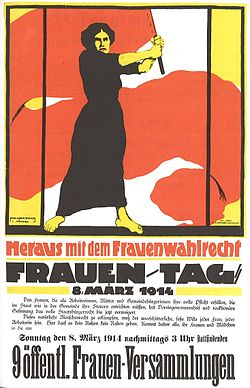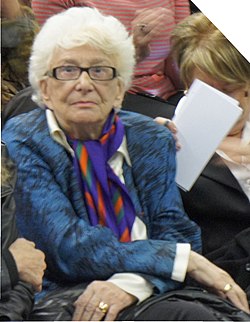The examples and perspective in this article deal primarily with the United States and do not represent a worldwide view of the subject.(January 2018) |
This is a Timeline of second-wave feminism, from its beginning in the mid-twentieth century, to the start of Third-wave feminism in the early 1990s.













